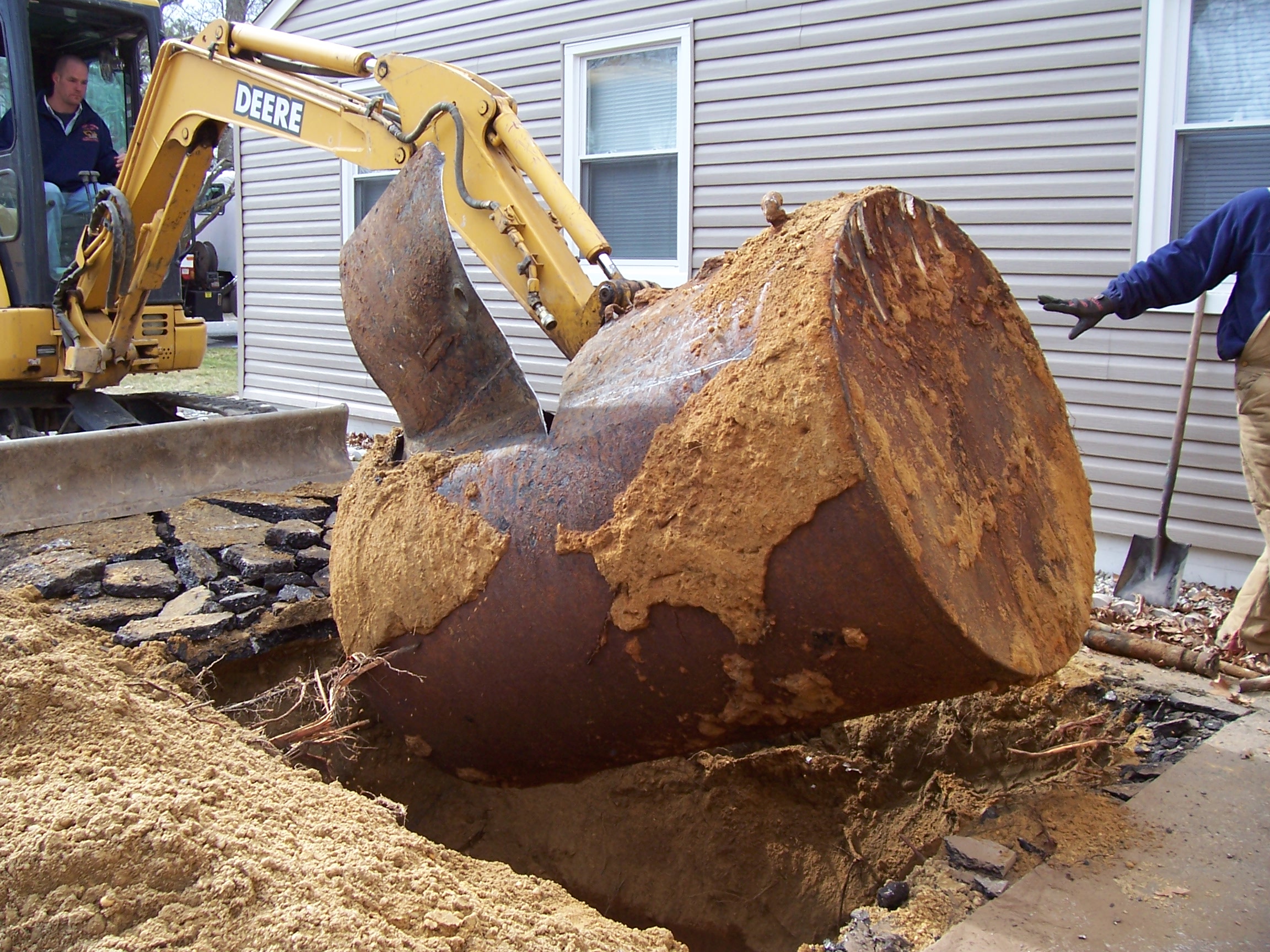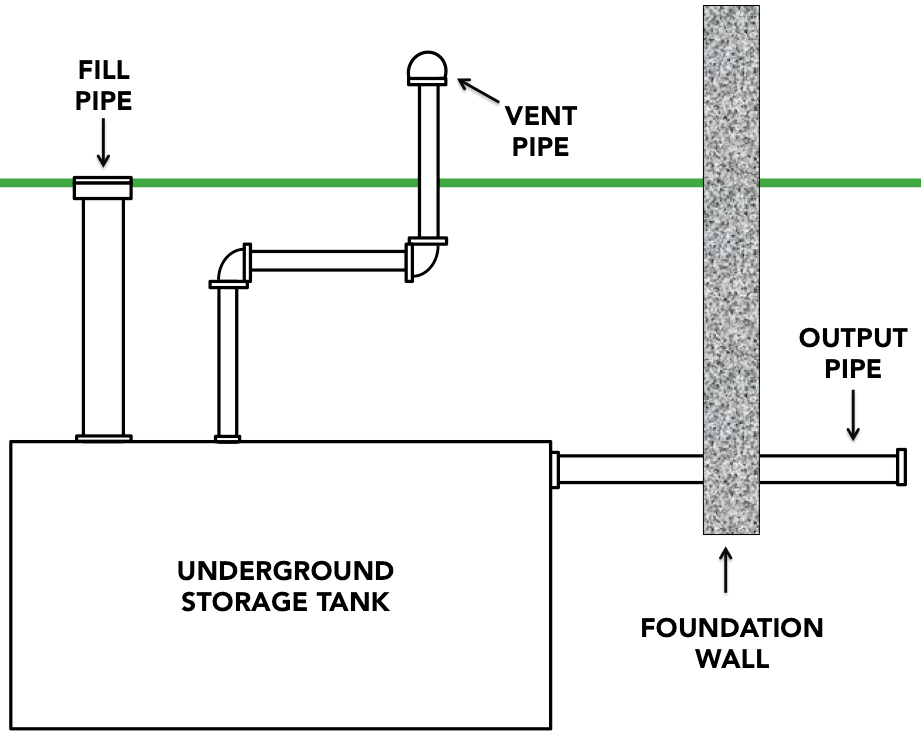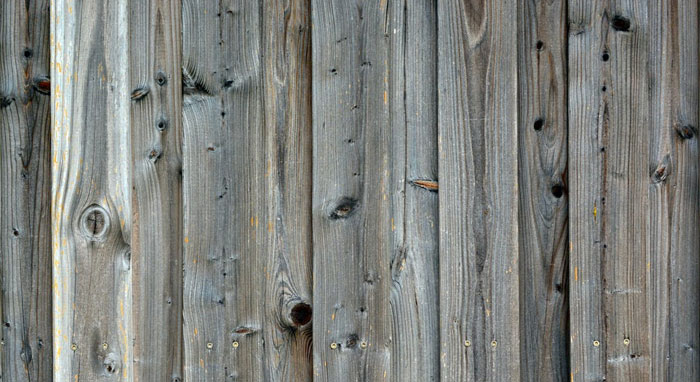
Updated September 14, 2023
Get answers to all your questions, like:
- What is an underground storage tank?
- How long were underground storage tanks used?
- Why are oil tanks a concern?
- What causes tanks to leak?
- How can I tell if my tank is leaking?
- I discovered an oil tank on my property, should I have it removed?
- Who should I hire to remove my UST?
- Are there regulations that I need to follow?
- Is UST removal covered by insurance?
- How does oil tank removal work?
- How much does oil tank removal cost?
What is an underground storage tank?
An underground storage tank (UST) is a large container built to hold large quantities of liquid or gas underground.
Commonly used on residential and commercial properties between the 1930s and late 1980s, tanks were typically constructed of bare steel and were used to contain oil for heating or fuel.

How long have underground storage tanks been used?
Underground tanks have been used since the 1930s and are still used today, but they've changed a great deal since the beginning.
1930s — After urbanization and industrialization, underground storage tanks become the preferred storage method (over the previously preferred aboveground storage tanks). This was due to aesthetic purposes, the additional real estate space it left business and homeowners, and an increase in public safety.
1960s — Tank owners grow more and more frustrated with inventory loss due to tank corrosion. Due to their concerns, there is a push to find a solution to the problem, and three are realized: keep replacing the tanks when corrosion happens, close the tank down, or upgrade to new and improved technologies.
1970s — Concerns begin to spread regarding the environmental impact of oil tank leaks, especially in regards to USTs. The idea of secondary containment, in which steel tanks are built with two walls instead of one, is introduced and takes hold.
1988 — The EPA sets a deadline for upgrading underground tank systems in the United States to put new tank regulations into place.
1990s — Many are choosing to close and remove their tanks due to the now-known environmental and health risks.
Why are oil tanks a concern?
USTs are a major environmental danger and health risk due to their high potential for leaks, and have been labeled a 'suburban time bomb.'
Oil spills from UST leaks are the single greatest threat to groundwater quality in the U.S. today.
In the United States alone, roughly 200,000 sites have been contaminated by UST petroleum leaks
Leaks may seem small and insignificant at the time, but they can pose an extreme threat to the environment and the public’s health.
Common risks associated with underground storage tanks:
- Contaminated drinking water
- Indoor air pollution
- Contaminated soil, surface, ground, and drinking water
- Contaminated recreational water bodies
What causes tanks to leak?
The most common reason for tank leaks is the material the tank is made of. Before 1988, a majority of tanks were made of bare steel. When buried in the soil unprotected, that steel can corrode over time, which causes leaks to happen.
An estimated 1.2 million underground storage tanks nationwide are a concern.
However, there's more than just a little rust to worry about when it comes to your tank.
Other common causes for tank leaks:
- Decay or frost shift
- Overfilling of tanks
- Lack of routine inspection and maintenance
- Leaky fittings
- Lines are accidentally severed
- Negligent oil delivery
Find a local oil tank removal specialist
How can I tell if my tank is leaking?
Due to the fact that they're buried underground, it can sometimes take years for homeowners to realize their UST leaked.
A leaking tank can be a major hazard to your health and the environment, so it's important to be able to recognize the signs, such as:
- Fuel consumption spikes even though the weather isn't especially cold
- There is dead/dying vegetation in the area of the tank
- You can smell heating oil odors in the house/coming out of the ground
- If your well water develops a strange taste, odor, or color
- The soil in the area is darker than the surrounding native soils
- There is an oily rainbow sheen on the water beneath the tank, in basement sump, etc.
- The area around the fill pipe is stained
- There is water in fuel lines
If you see any of these signs, it's time to call an underground tank testing company right away.
Keep reading: Be on the Lookout for These 5 Oil Tank Disaster Signs
I discovered an oil tank on my property, should I have it removed?
Regardless of the situation, any oil tank has potential for risks and it’s wise to just get it out of the ground if it’s not serving a purpose.
Not to mention—if you want to sell your home down the line, underground oil tanks are arguably #1 on the list of “Biggest Potential Buyer Turn-offs” because whoever buys the home takes on liability.
Who should I hire to remove my UST?
Dealing with an old or obsolete underground storage tank is serious business and should be properly handled and removed by a UST professional.
Do your research here, and call multiple companies for more than one quote and opinion.
Hometown Demolition Contractors can help you find UST removal experts. Simply search by location and find contractors listing ‘oil tank removal’ as one of their services. From there, you can learn more about them, read verified customer reviews, and get their contact information.
Find a local oil tank removal specialist
Are there regulations that I need to follow?
Regulations for oil storage tanks vary from one place to the next, and there are levels within the hierarchy that need to be considered, including federal, state, county, and municipality.
Federal
In July of 2015, the U.S. Environmental Protection Agency (EPA) published revisions to the U.S. Code, Title 42, Chapter 82, Subchapter IX, that had been set back in 1988.
A majority of the federal UST laws and regulations address proper tank maintenance and leak cleanup practices.
State
Get to know your state's laws when it comes to oil tank removal because they vary from one to the next.
Depending on your location, state regulations may require your oil tank be removed if it is no longer in use.
Take a look at these few examples to see what some states require:
- Michigan requires all USTs be properly closed and removed within one year of its last use unless removing it would jeopardize the structural integrity of a connected structure. If the UST stays in the ground, it must be 100% filled with an inert material, like cement slurry or pea gravel.
- New York requires all USTs be emptied, cleaned, and rid of all vapors. You can leave the tank in place once it’s cleaned, but the vent line must remain open and intact, the fill line must either be removed or plugged, and written proof must be provided, assuring that the tank was properly abandoned. However, the State of New York is a proponent for tank removal.
- Florida and Washington are two of the states that do not regulate underground oil. So, you could leave your tank in the ground and take the “out of sight, out of mind approach,” but that’s neither safe nor responsible.
County & Municipality
Even if your state doesn’t have UST requirements, your local government might. So educate yourself by doing some research on your county and municipality laws or contacting a local tank removal specialist to fill you in.
Is UST removal covered by insurance?
A majority of insurance companies do not offer insurance coverage for inactive USTs or the removal of such.
And even if your UST is active and you have insurance, if it leaks, most policies have a “pollution exclusion” clause that leaves you responsible for paying every last cent.
How does oil tank removal work?
Tank must be closed.
Before the tank can be removed, it needs to be taken out of service and properly 'closed.'
This involves emptying the tank and pipes of any heating oil and thoroughly cleaning it in order to eliminate any residual oil and vapors. If there's no sign that the tank leaked, it is then considered closed and ready to be removed.
If you recently discovered a UST on your property, chances are that it was already closed; but that’s not always the case, and your contractor can help you determine that.
Tank can be removed.
Once the tank is cleaned and closed, it’s dug up out of the ground, lifted onto a trailer, and hauled away to be properly disposed of and reused/recycled when possible.
How much does oil tank removal cost?
If your tank is leaking, the cost of removal and clean-up could reach as high as $30,000 in some cases.
If your tank is not leaking, the average UST removal costs $1,000 - $3,000.
As you can expect, the cost to remove an oil tank depends on a number of factors, like the size of the tank, whether or not it's leaking or is considered 'closed," the location of the tank, and more.


